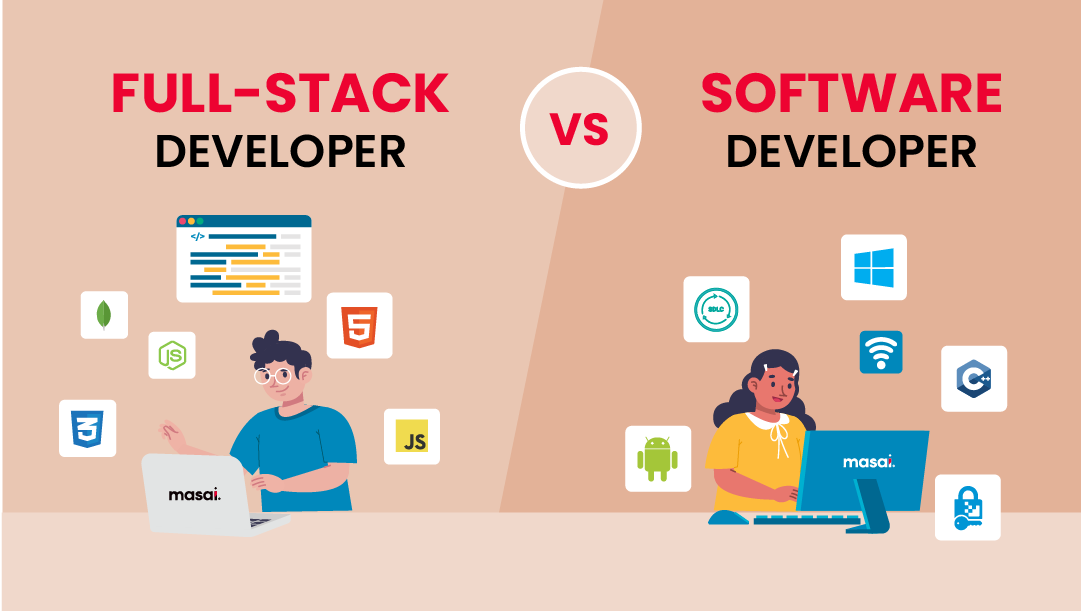Hire Dedicated Developers for Your Following Big Project with Confidence
Wiki Article
Dedicated Developers vs. In-House Teams: Which Is Right for You?
The decision in between utilizing committed designers and preserving an internal team is a considerable one that can affect the trajectory of your projects and total business strategy. Conversely, in-house teams add to a natural company culture and a nuanced understanding of long-term objectives.Understanding Dedicated Designers
The expanding demand for specialized skills in the technology sector has actually resulted in the introduction of dedicated developers as a practical solution for lots of companies. These professionals are usually contracted on a job basis, permitting firms to leverage details competence without the lasting commitment connected with full time hires. Devoted designers are frequently ingrained within a client's team, providing adaptability and scalability to meet project requirements.This design permits companies to access an international skill swimming pool, which is specifically useful in a quickly developing technological landscape. Devoted programmers can be sourced from various geographical places, guaranteeing that companies can discover the right ability at affordable prices. They typically bring a wealth of experience and understanding, having worked with varied tasks across various industries.
Additionally, devoted programmers can focus solely on the jobs available, enhancing efficiency and efficiency. They are equipped to incorporate effortlessly into existing operations, working together closely with internal teams to achieve job purposes. This method not only reduces the burden of employment and training but additionally enables companies to remain active, adjusting swiftly to altering market demands and technical innovations.
Benefits of In-House Teams

Furthermore, in-house teams have a tendency to have a much deeper understanding of the firm's goal, values, and objectives. This placement can enhance employee engagement and inspiration, as group participants really feel much more connected to their job and the organization's success. In addition, having a committed in-house group allows for far better alignment of strategies and purposes, as these participants are consistently concentrated on the firm's priorities.
Internal teams additionally promote quicker decision-making procedures, as they can react much more rapidly to challenges and modifications. The established relationships and knowledge with business protocols permit streamlined process and decreased miscommunication. Inevitably, the combination of a natural culture, placement with organizational objectives, and reliable communication makes in-house teams a valuable property for numerous organizations, especially those aiming to grow lasting growth and technology.
Price Considerations
When examining cost factors to consider, both specialized designers and internal teams existing distinct financial ramifications for organizations. Engaging devoted designers usually entails a pay-per-project or per hour price model, which can be economical for services with changing task demands. This approach permits flexibility in scaling sources up or down, guaranteeing that business just spend for the solutions they need.On the other hand, internal groups require dealt with costs, including incomes, advantages, and overhead expenditures such as workplace and devices. While this model uses better control and prompt accessibility of resources, it might cause greater lasting costs, particularly if the work does not justify a full time personnel.
In addition, firms must take into consideration the hidden costs connected with recruitment and training of in-house workers, which can further stress spending plans. In some cases, the moment and resources invested in managing an in-house team can diminish the organization's core organization goals.

Project Administration and Flexibility
Task management and adaptability are crucial aspects that influence the choice in between in-house groups and committed designers. Committed developers typically offer a high degree of versatility, permitting companies to range sources up or down based upon project needs. This agility can be specifically advantageous for businesses experiencing fluctuating work or those looking for to introduce swiftly. Dedicated groups typically have established processes for taking care of jobs efficiently, leveraging specific techniques like Agile or Scrum, which facilitate repetitive development and adaptability.
Inevitably, the option in between committed developers and in-house teams rests on the preferred degree of flexibility and the specific task administration demands. Companies have to examine their operational dynamics, job intricacy, and resource accessibility to figure out which option aligns finest with their tactical goals.
Making the Right Option
Picking the ideal advancement method-- internal groups or committed programmers-- requires a cautious analysis of different elements that align with a business's calculated objectives. Alternatively, internal groups can offer much better connection and integration with existing personnel.Following, evaluate your budget plan. Devoted developers commonly present an economical service for temporary jobs, while internal groups might incur greater lasting expenses because of incomes, advantages, and overhead expenses. Examine the degree of control and partnership wanted; in-house teams normally cultivate more powerful interaction and alignment with business culture.
If instant outcomes are needed, committed programmers can be onboarded quickly, whereas developing an internal group takes time for recruitment and training. If continual growth is essential, investing in an in-house team might generate far better returns over time.
Verdict
In conclusion, the choice in between internal groups and specialized programmers pivots on task needs and organizational goals. On the other hand, in-house teams cultivate a natural society and deeper positioning with lasting objectives.The choice in between making use of committed programmers and preserving an in-house group is a considerable one that can affect the trajectory of your tasks and overall organization method.Project administration and versatility are vital elements that influence the choice in between devoted designers and in-house groups. hire dedicated developers.In comparison, internal groups might stand out in maintaining a constant job management framework due to their familiarity with the organization's culture and long-lasting goals. Committed programmers often provide an affordable solution for short-term jobs, while internal groups may incur greater long-term costs due to wages, benefits, and overhead prices.In conclusion, the decision in between dedicated programmers and in-house teams pivots on project requirements and organizational objectives
Report this wiki page